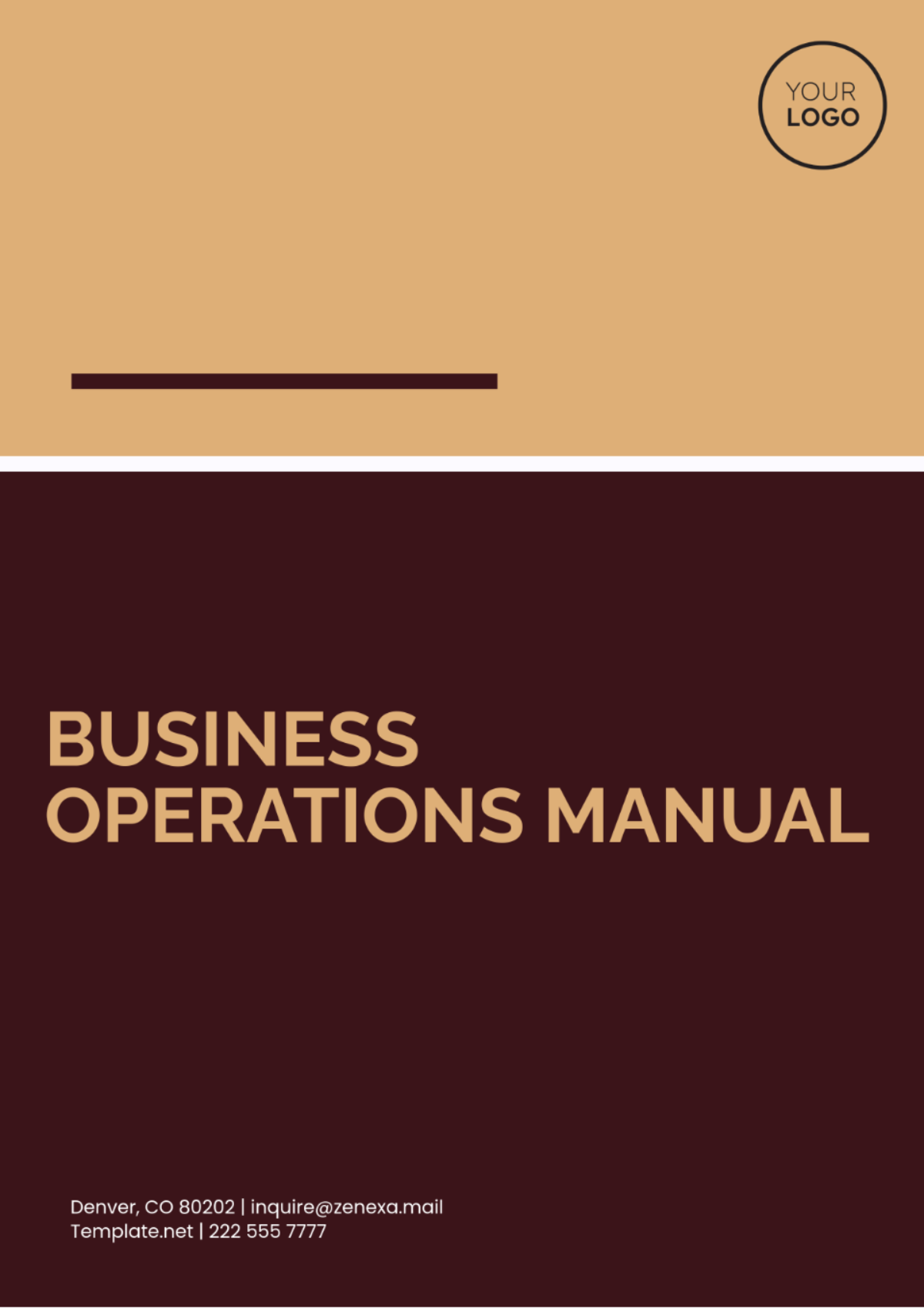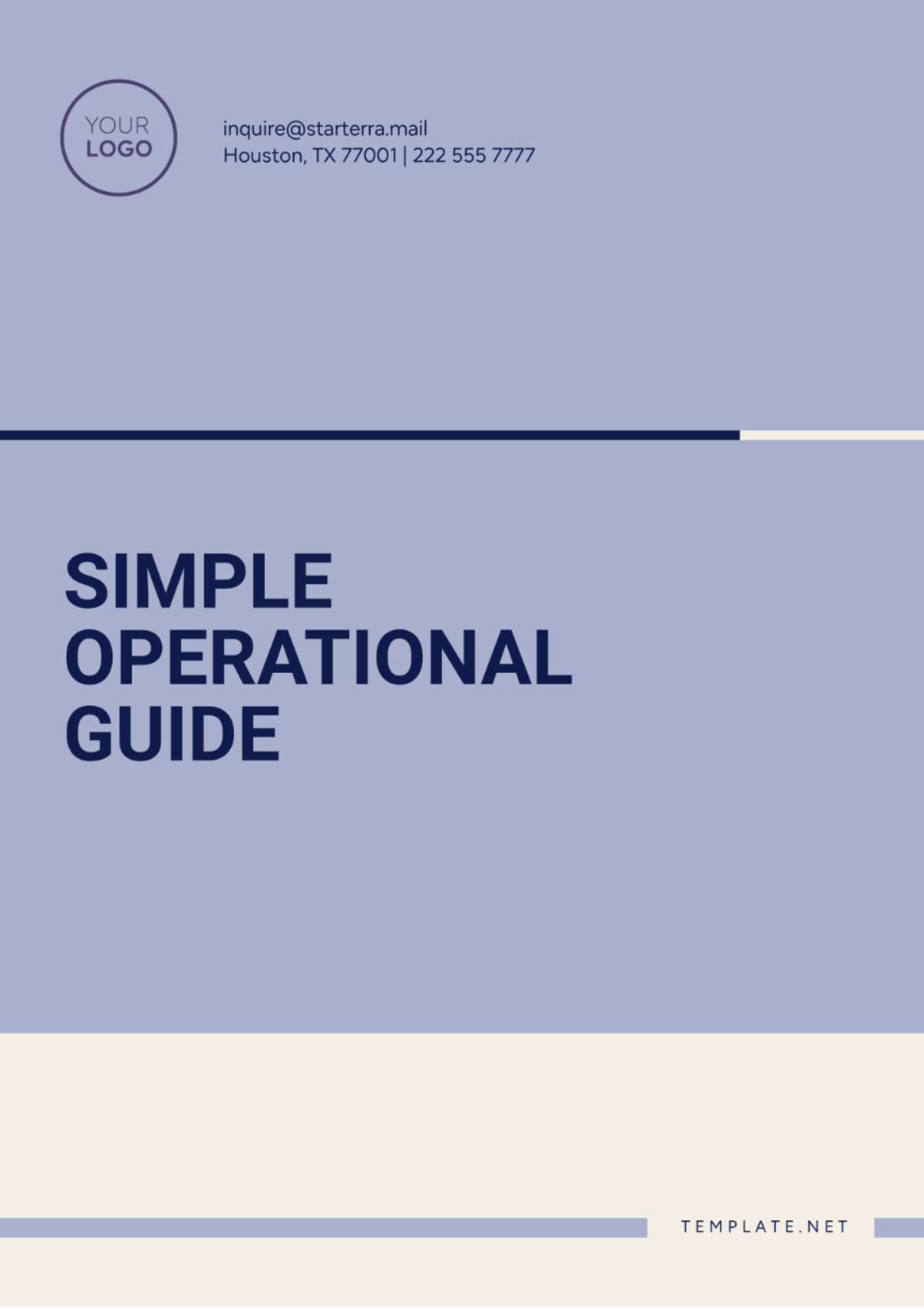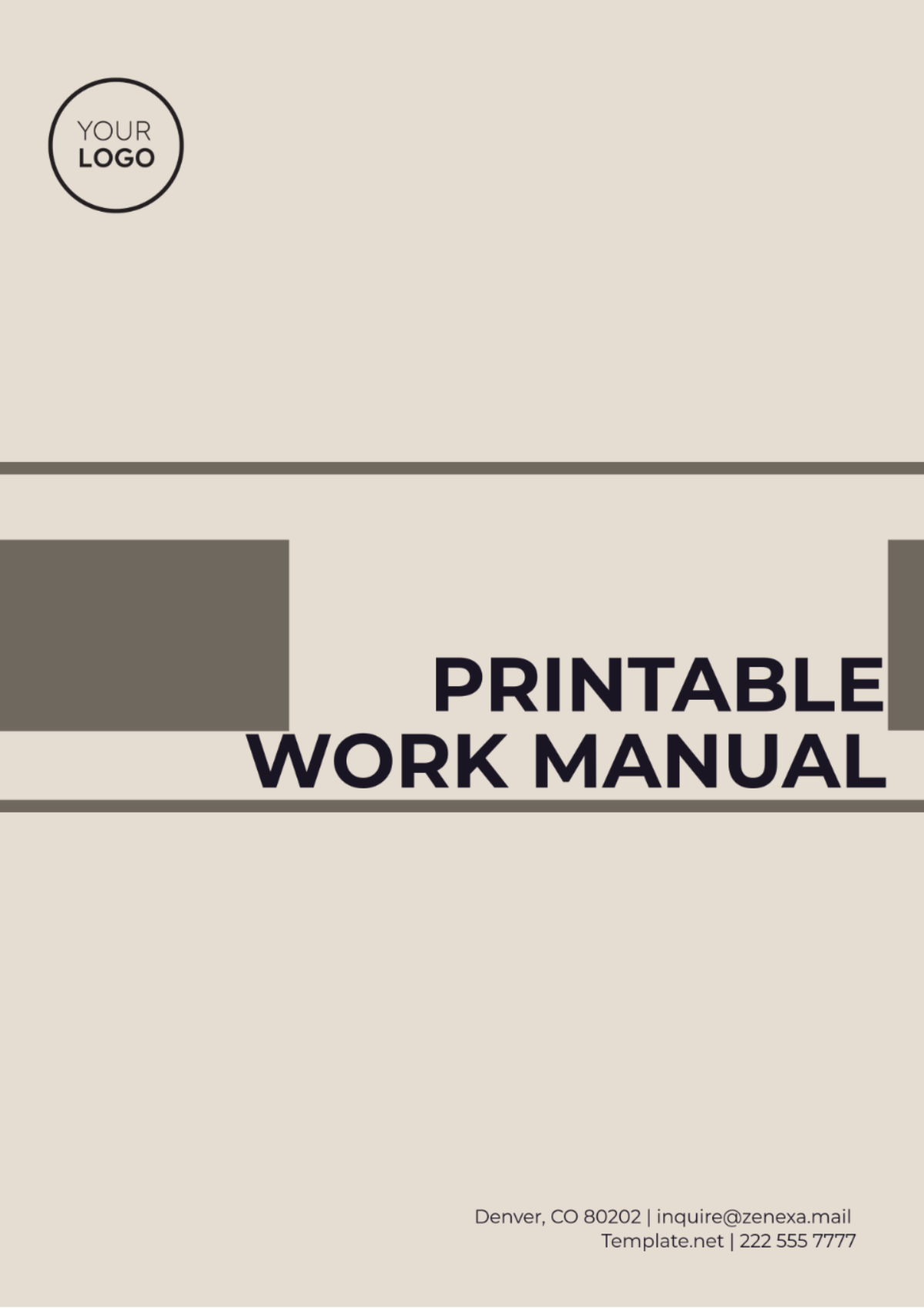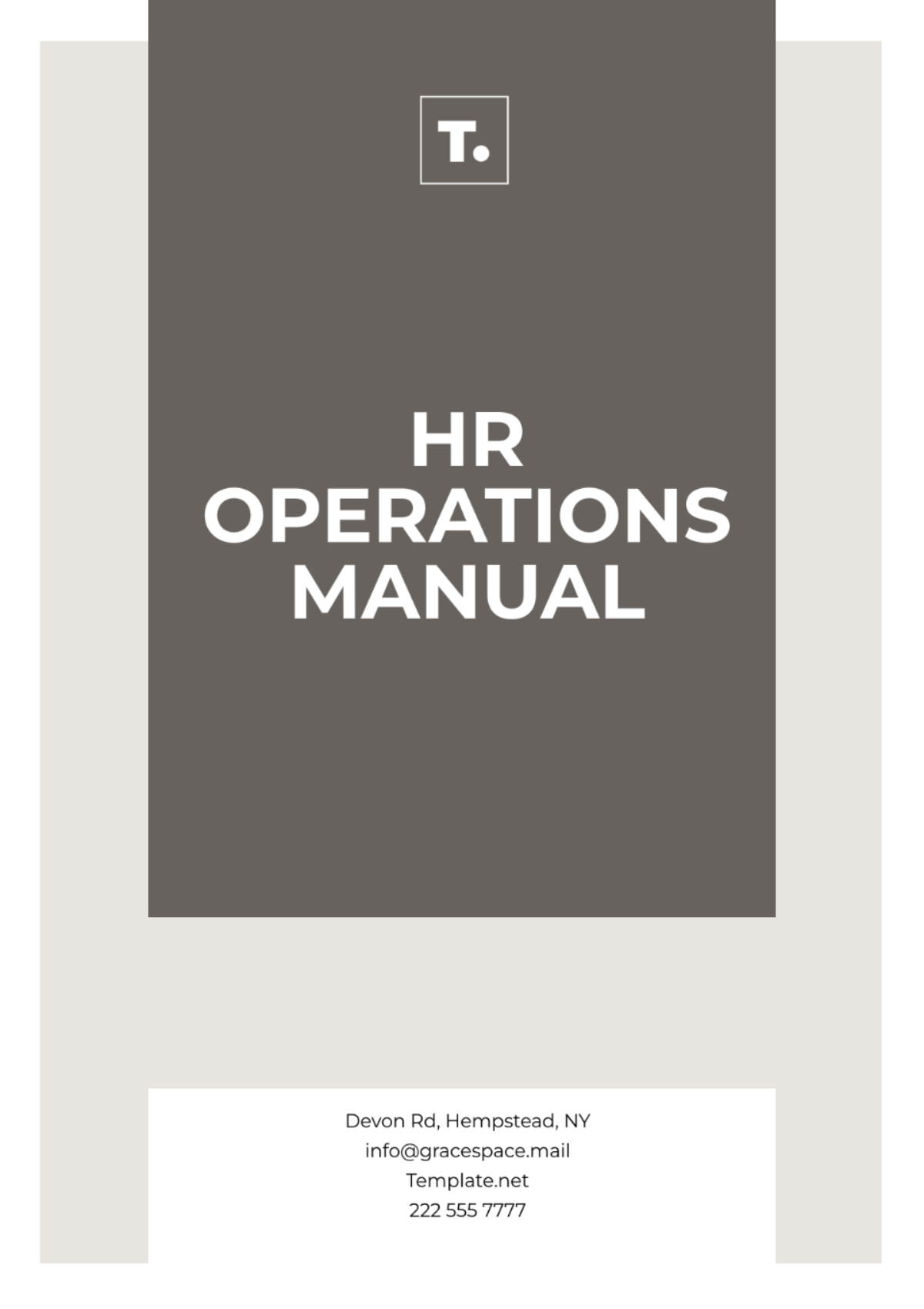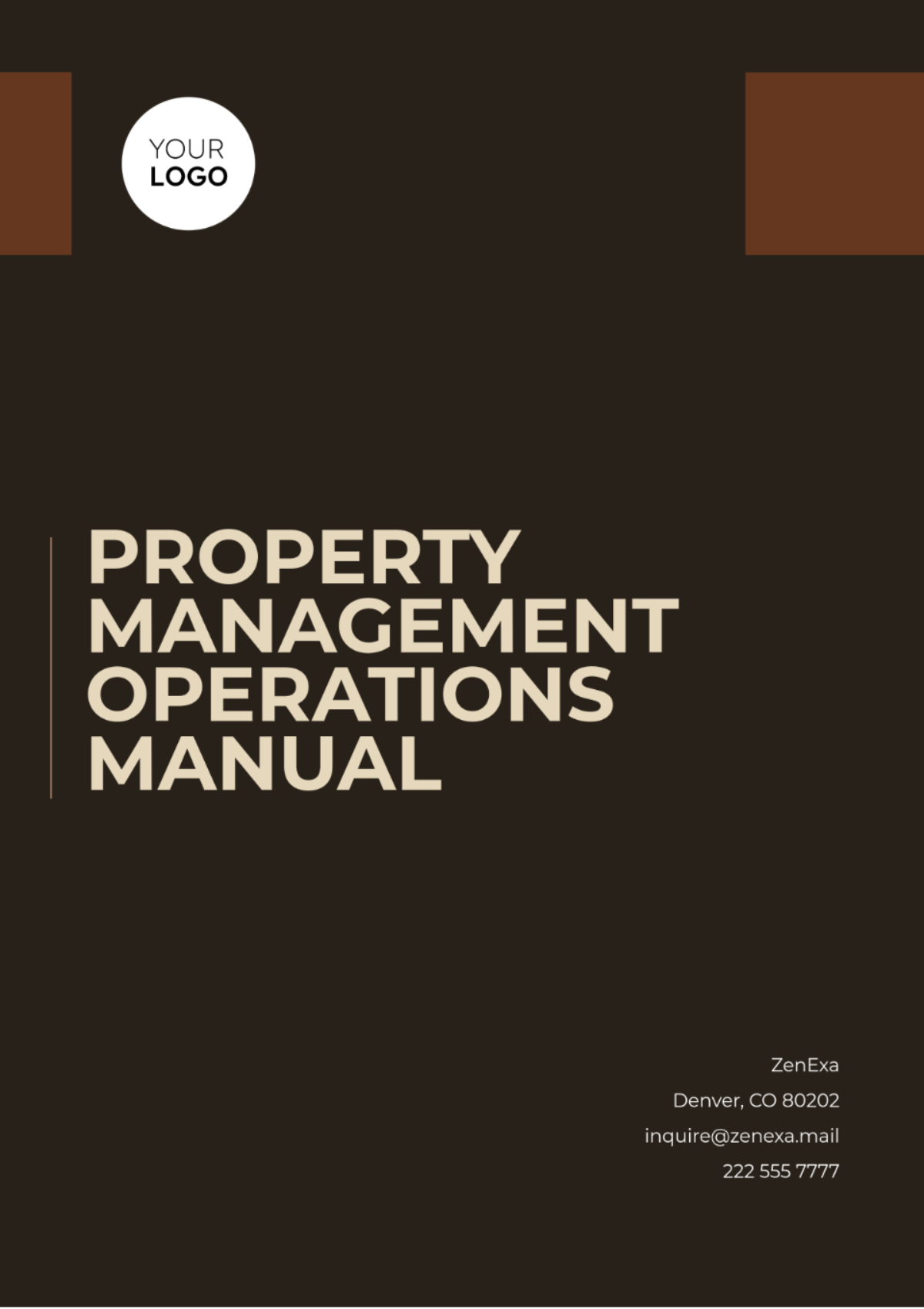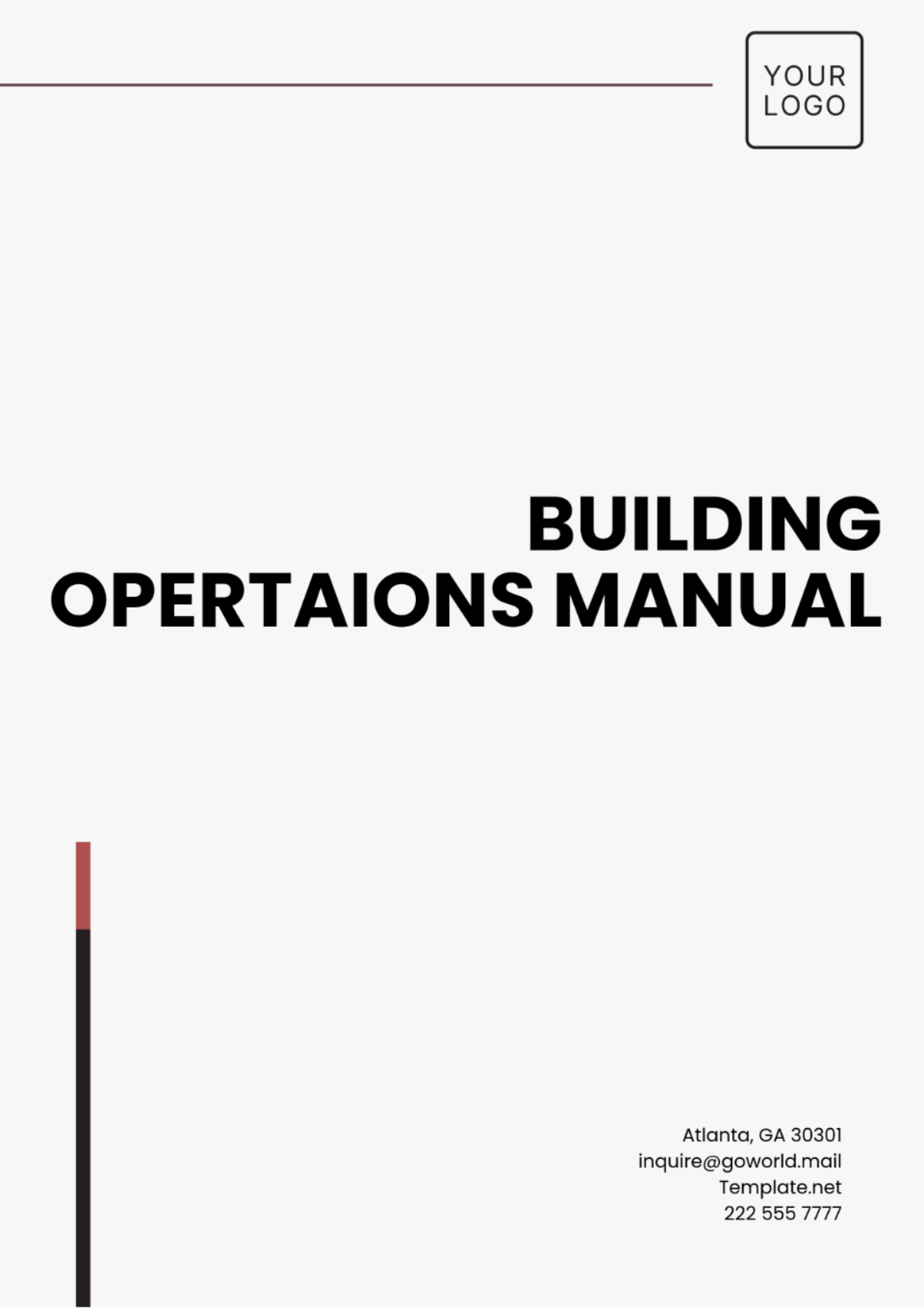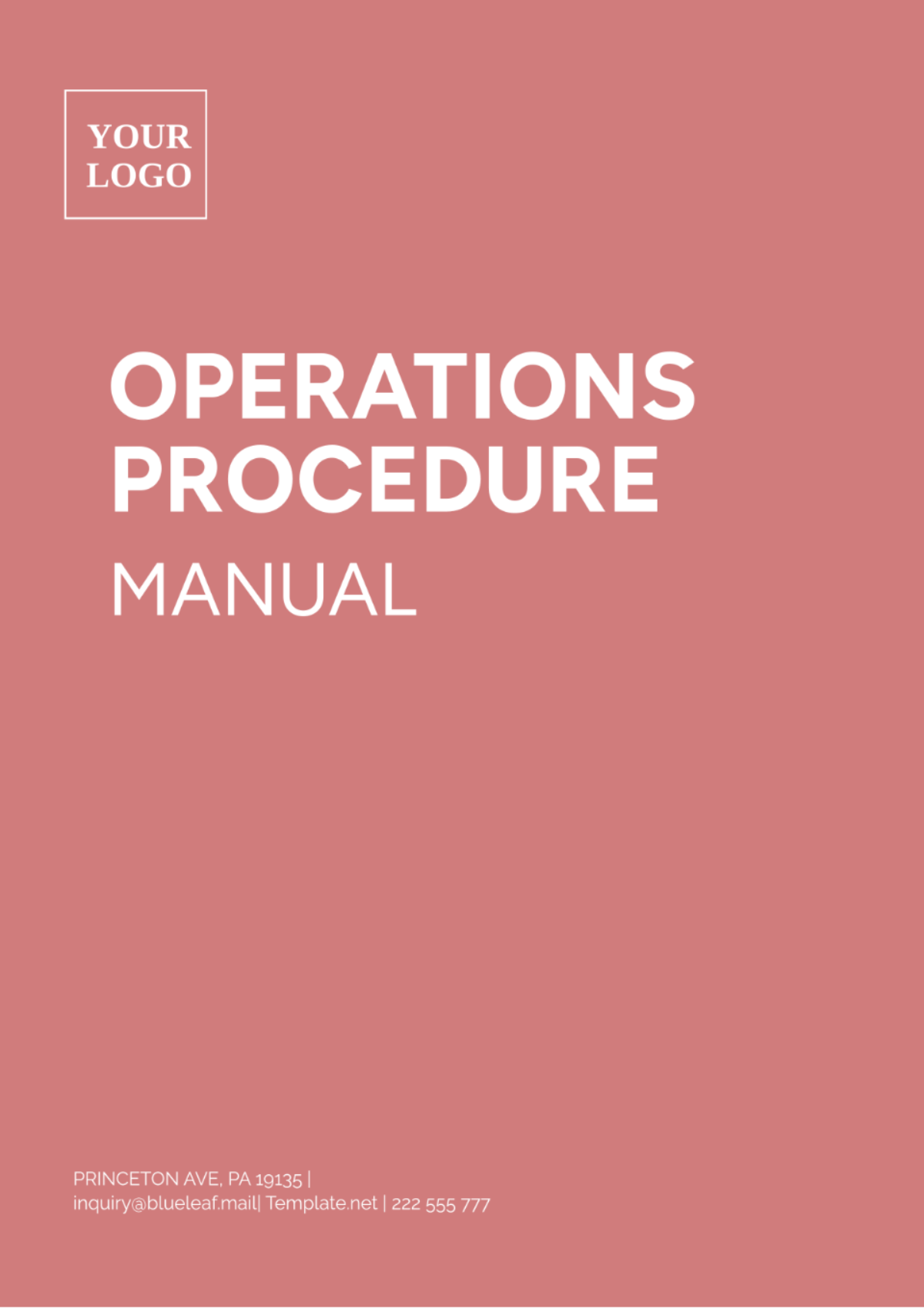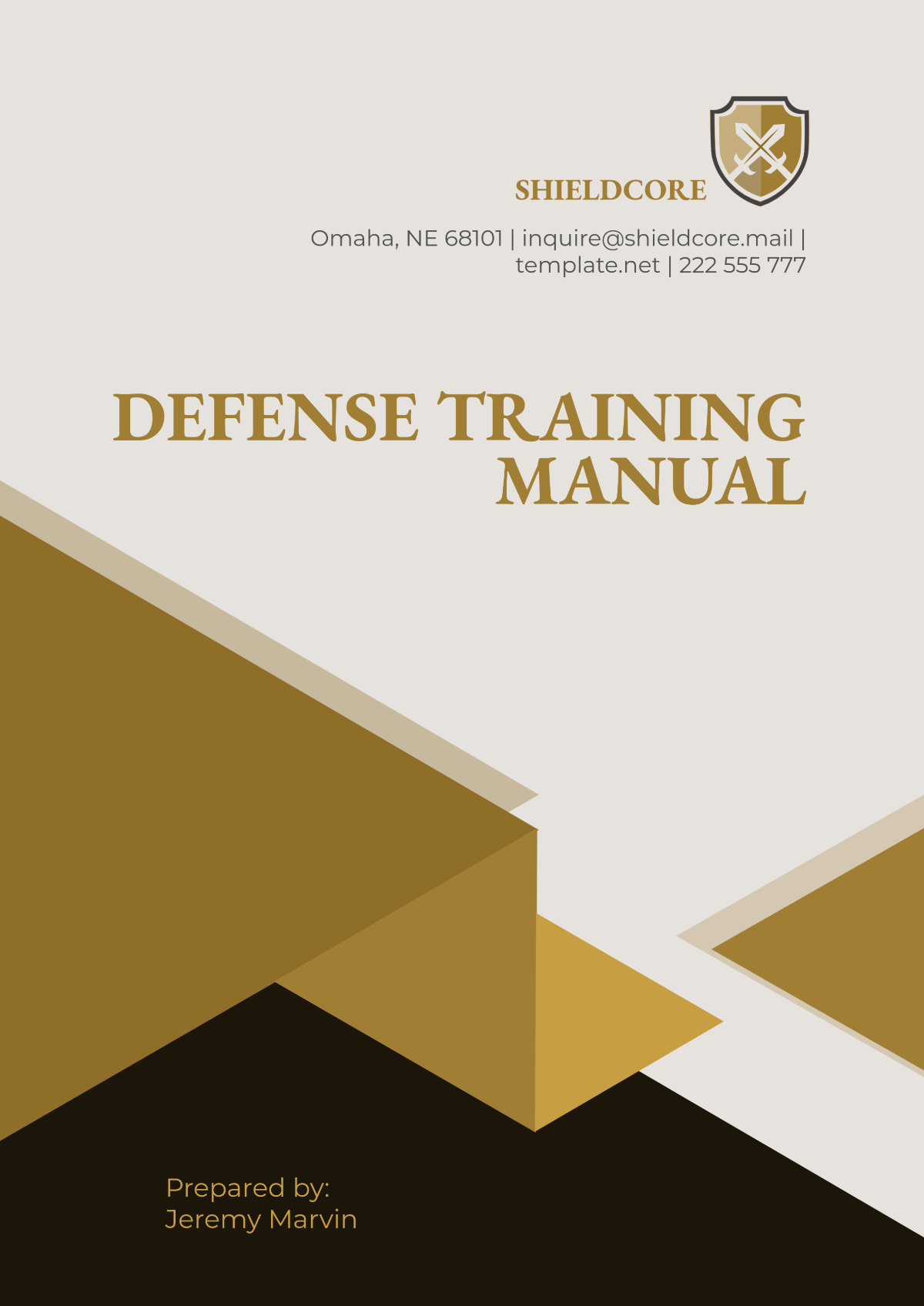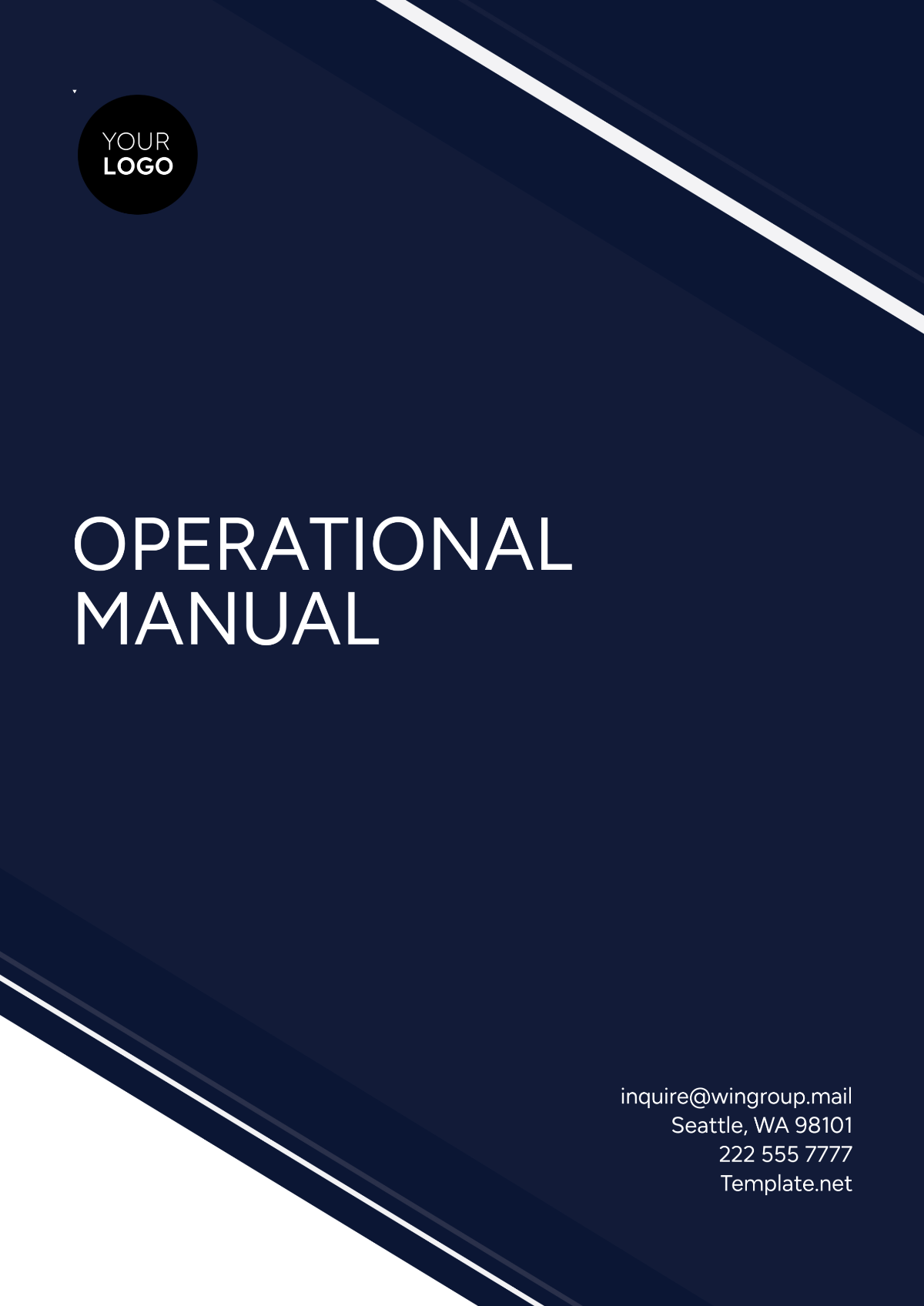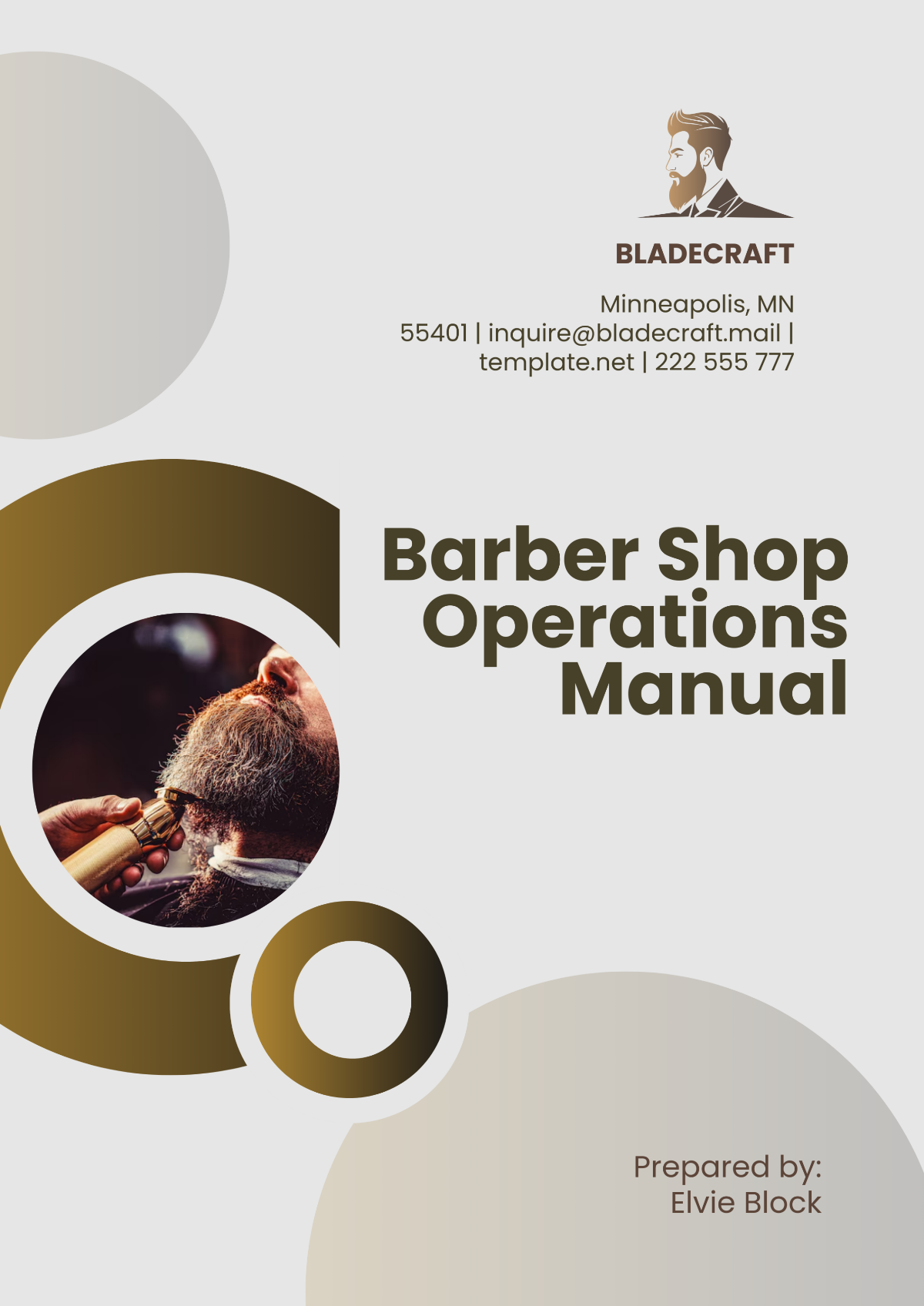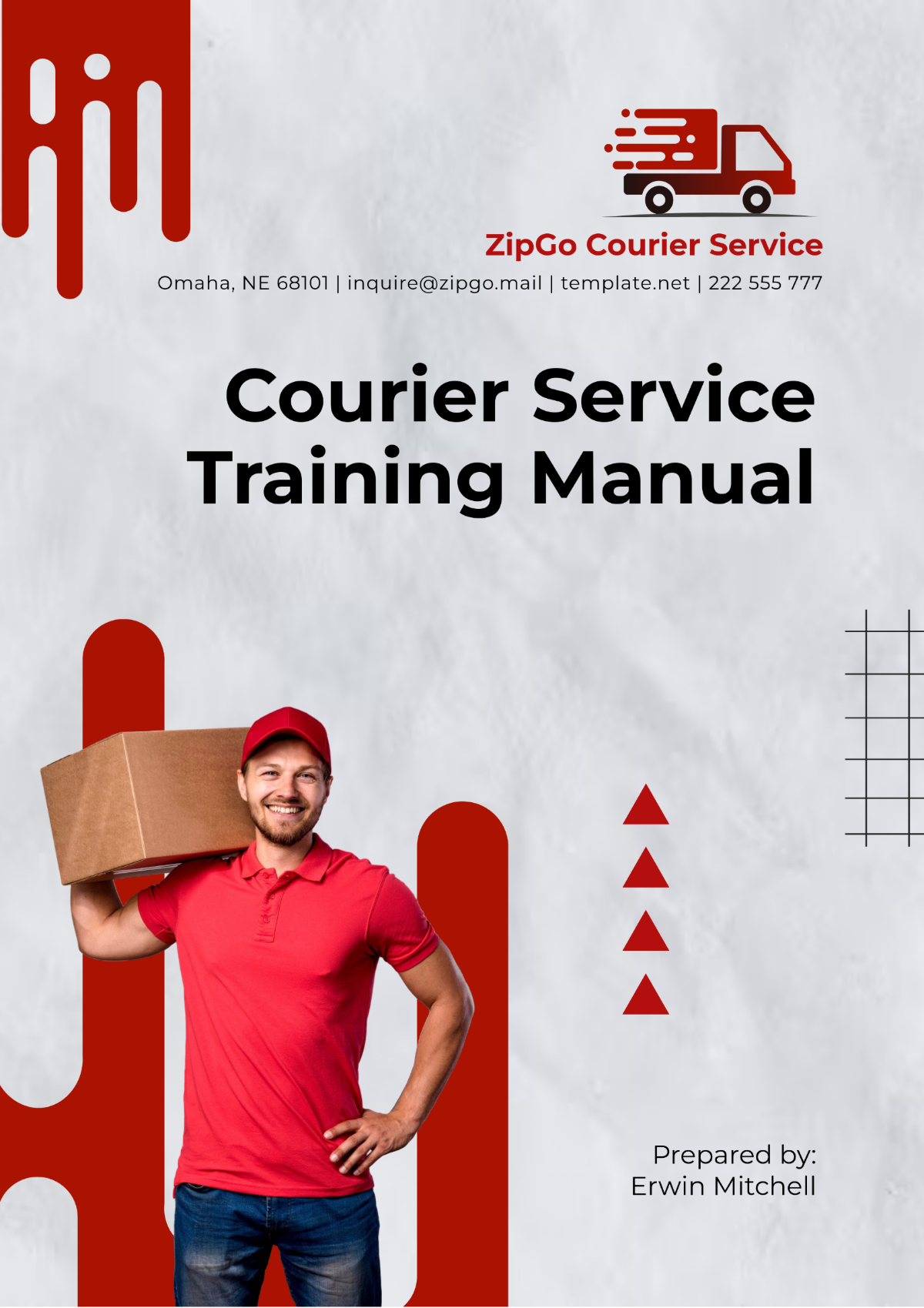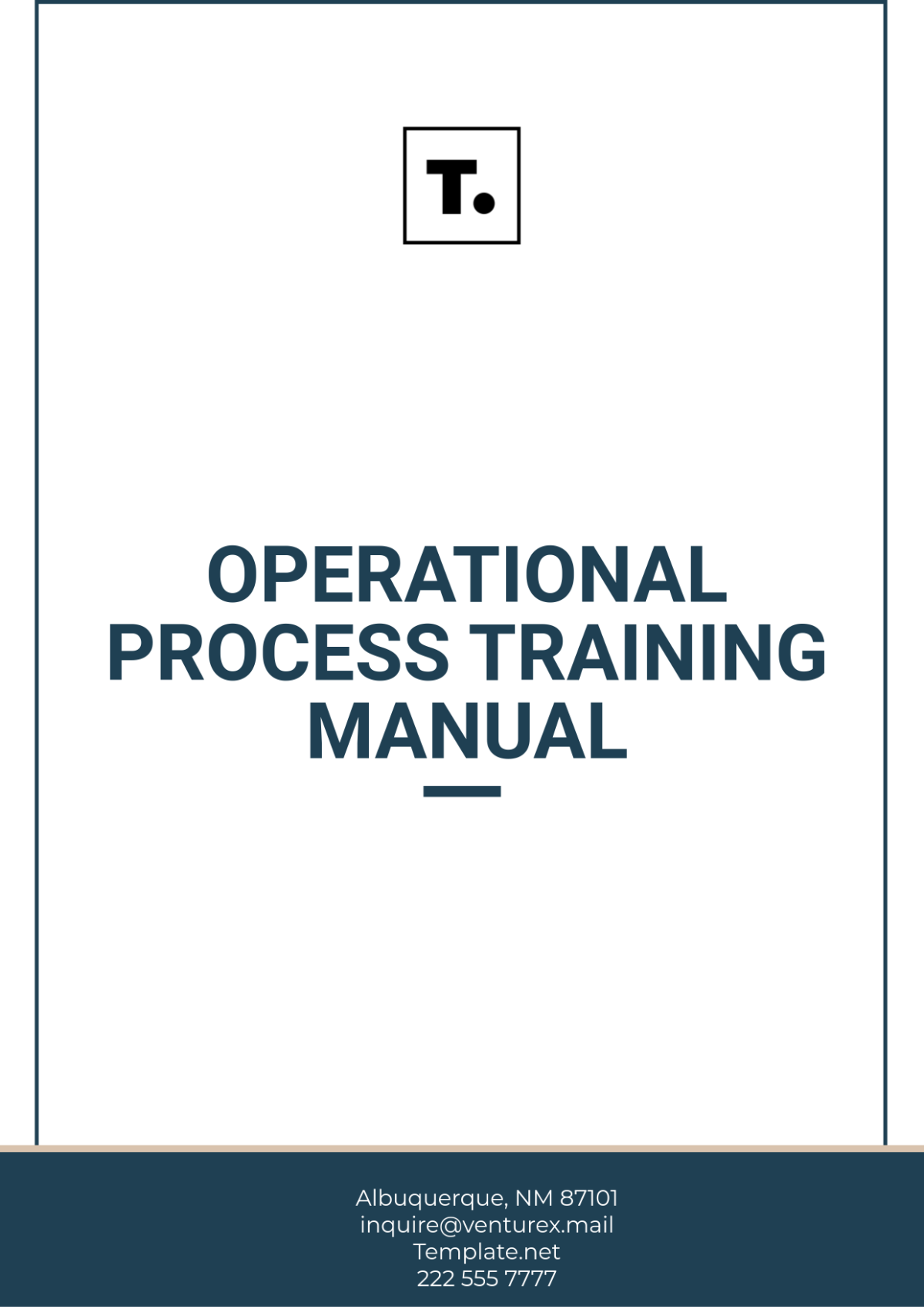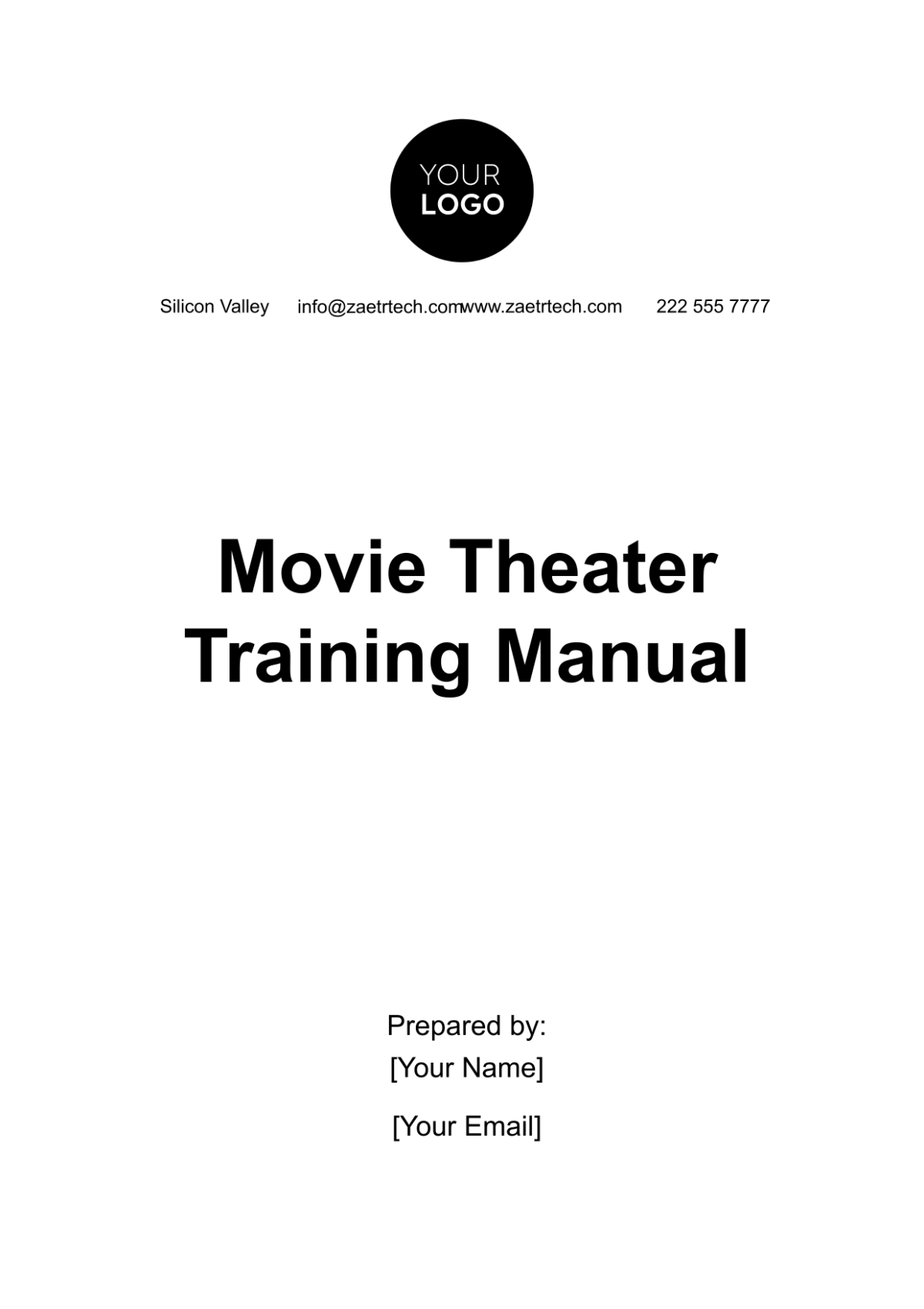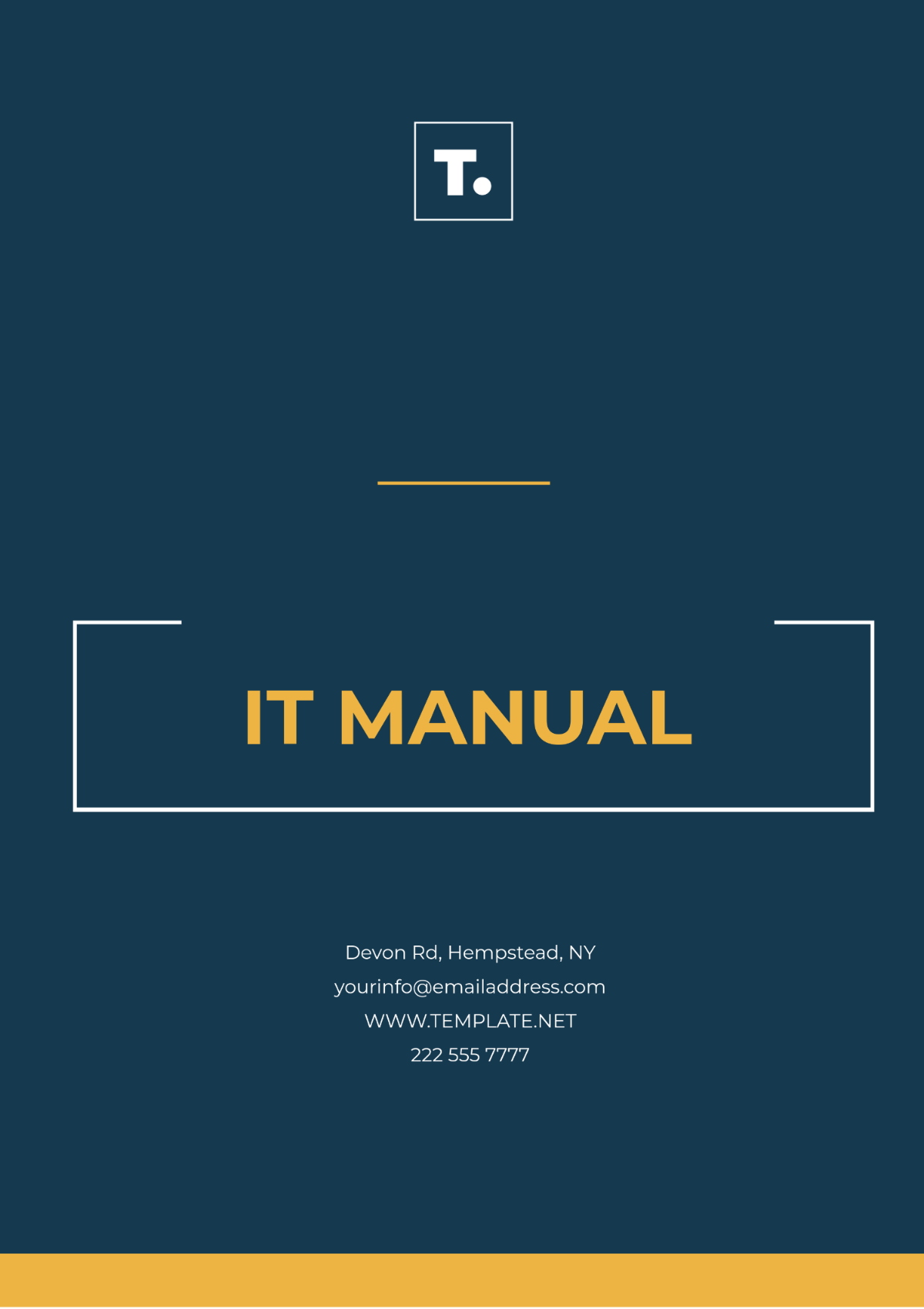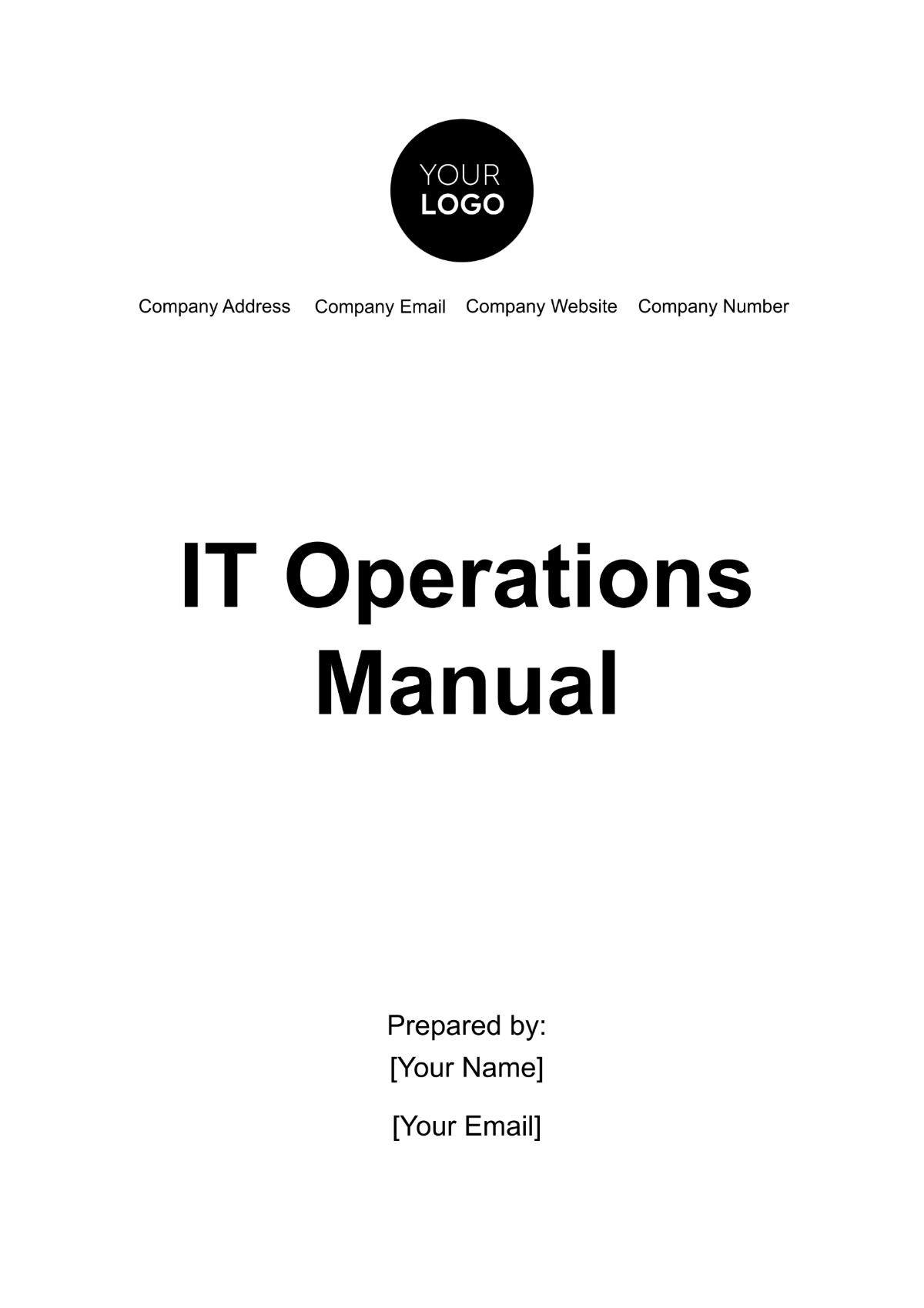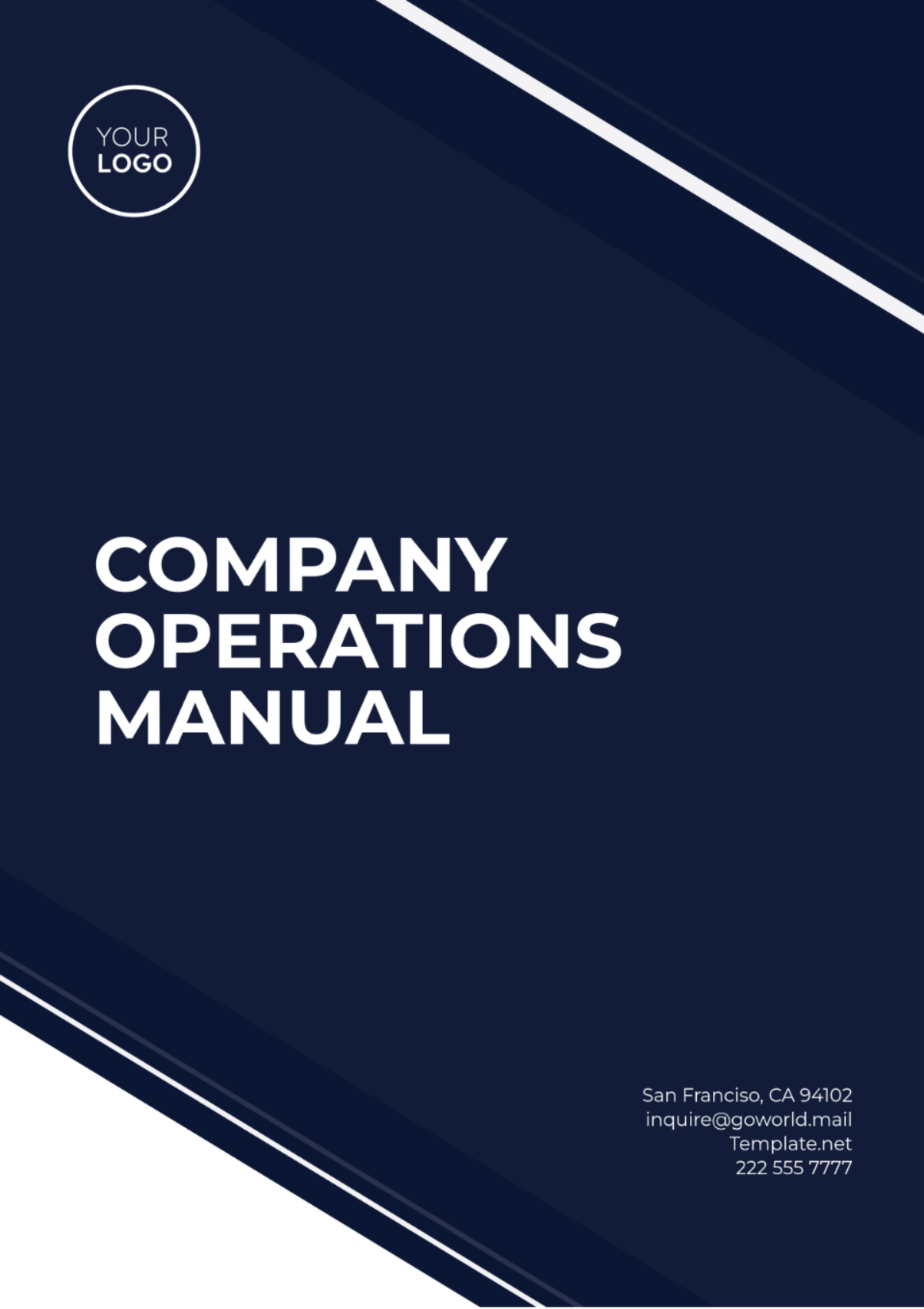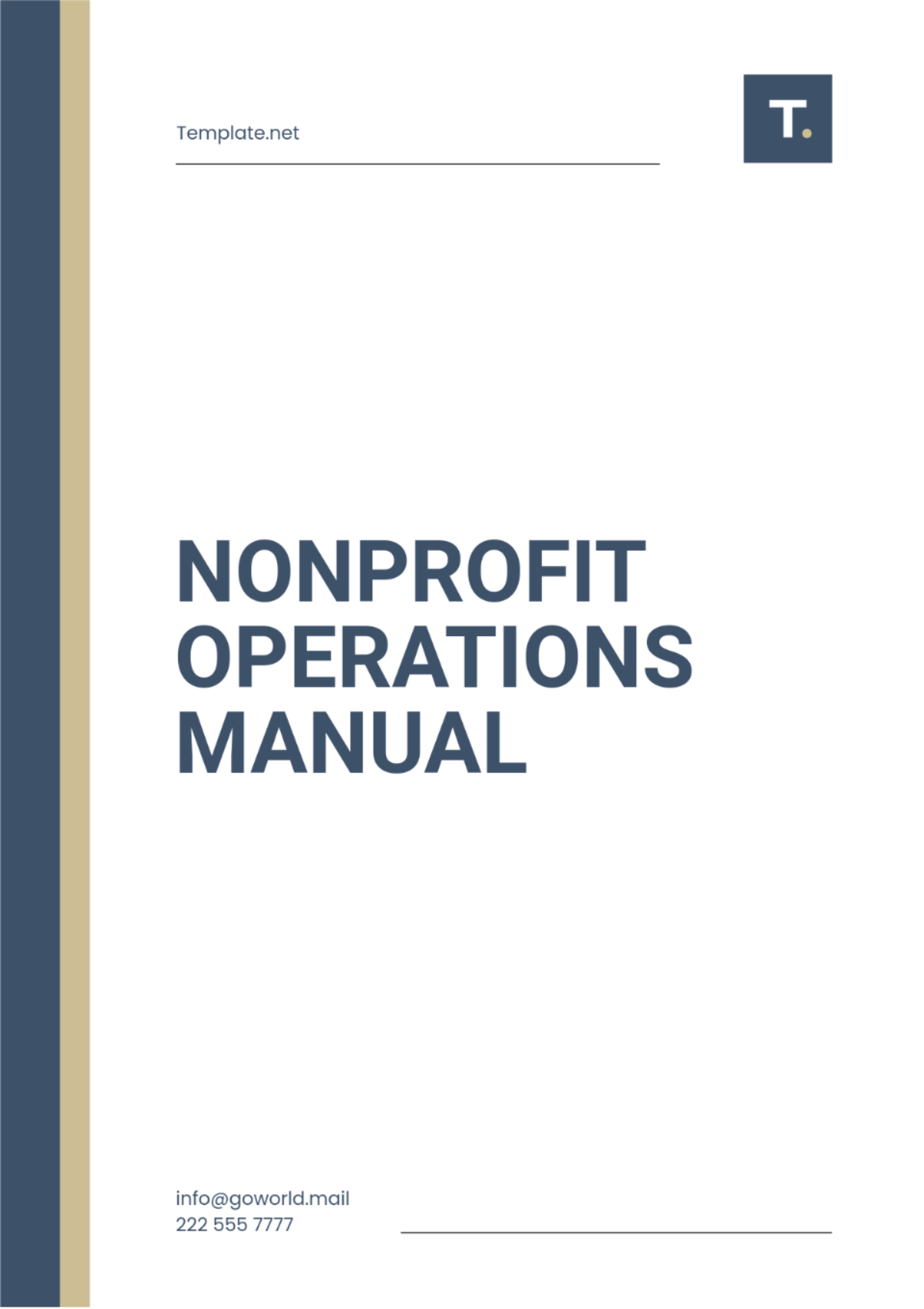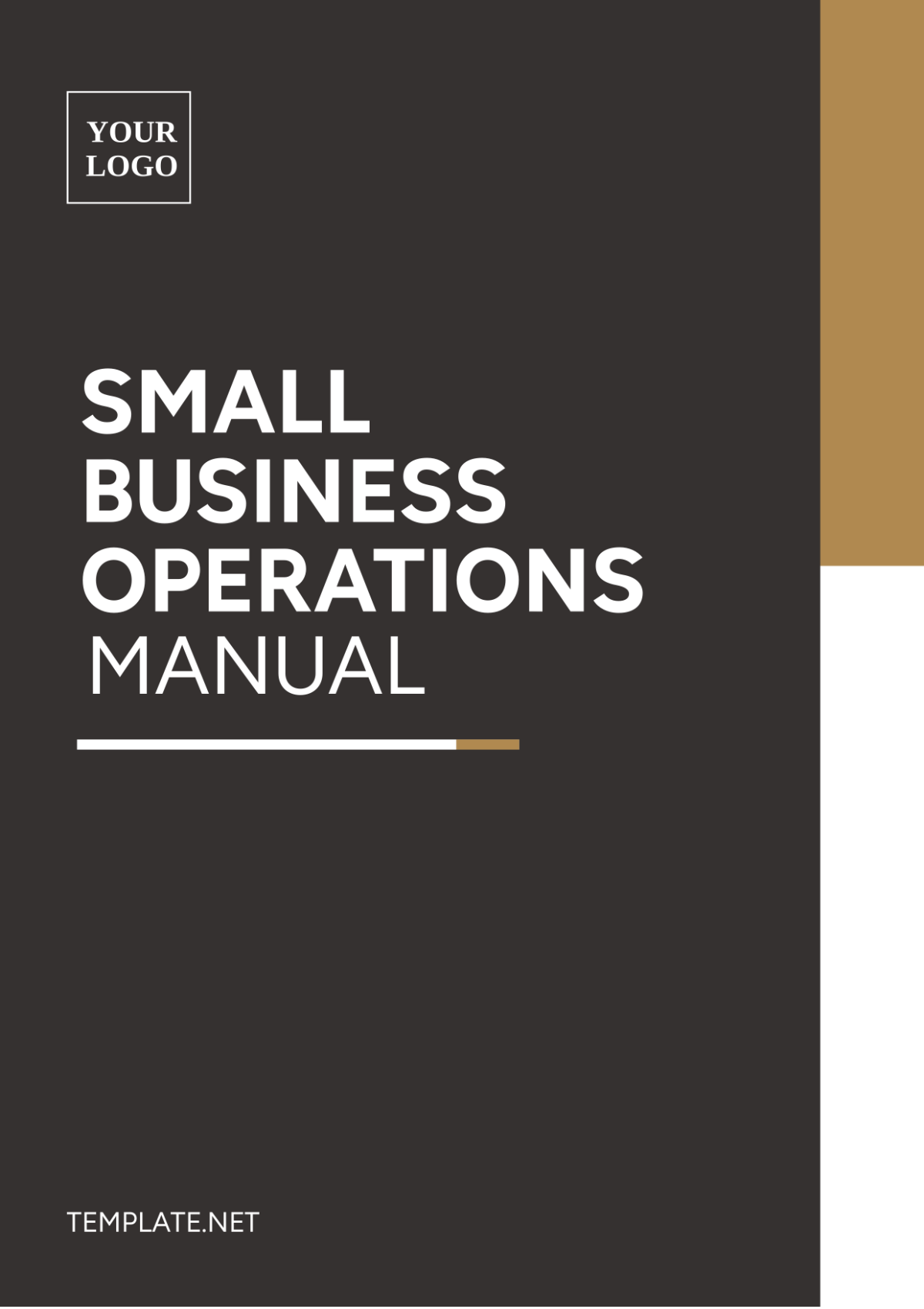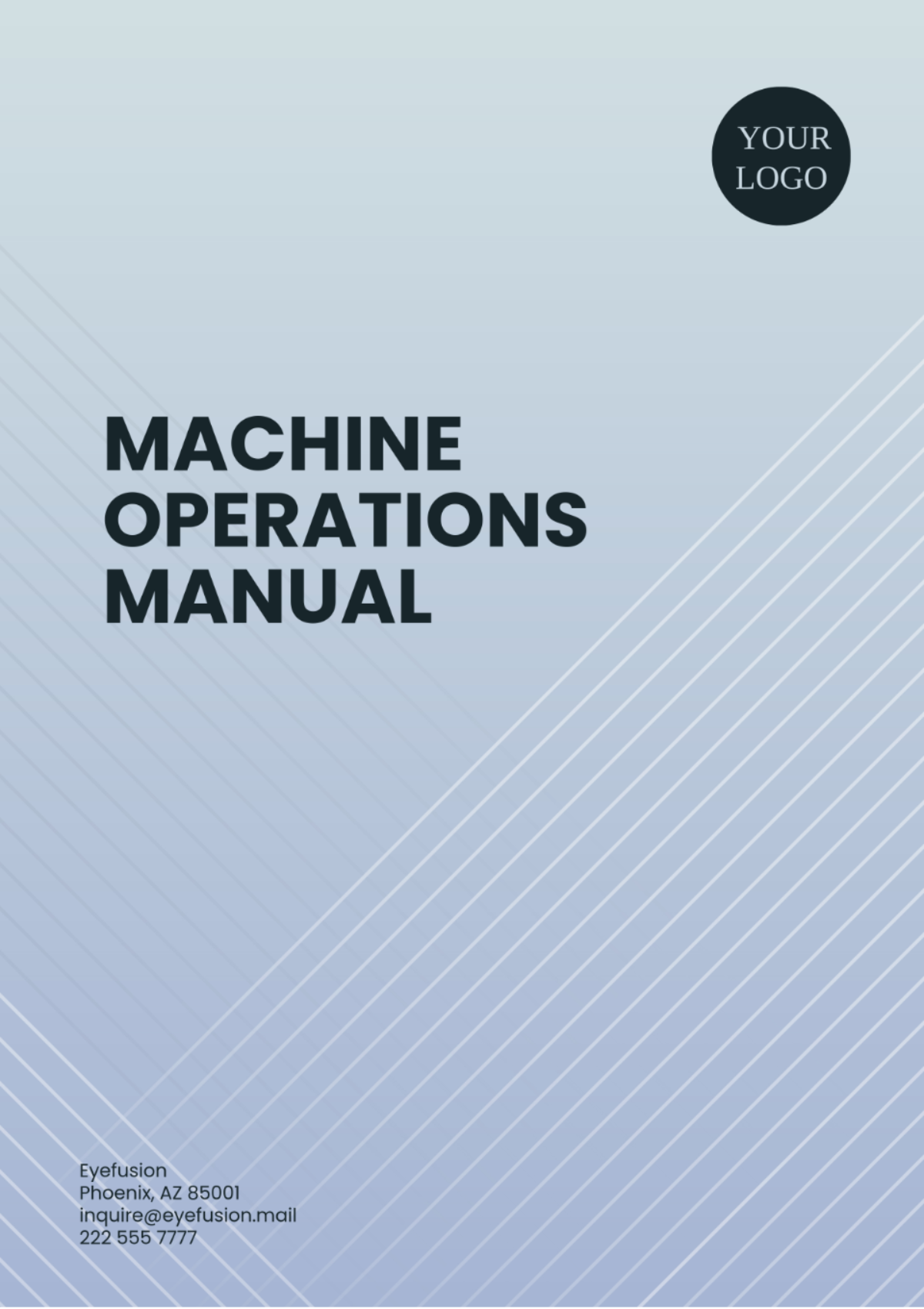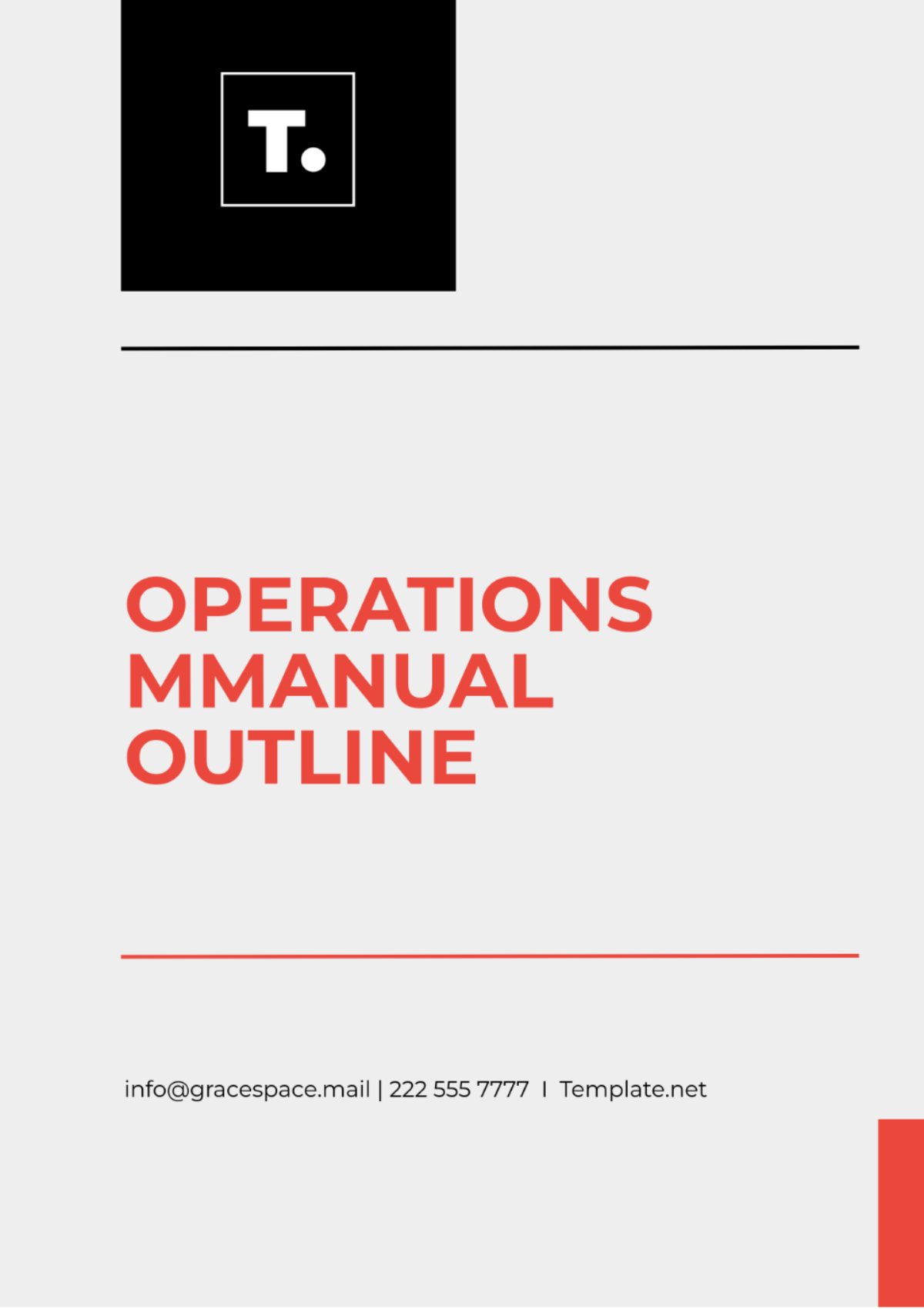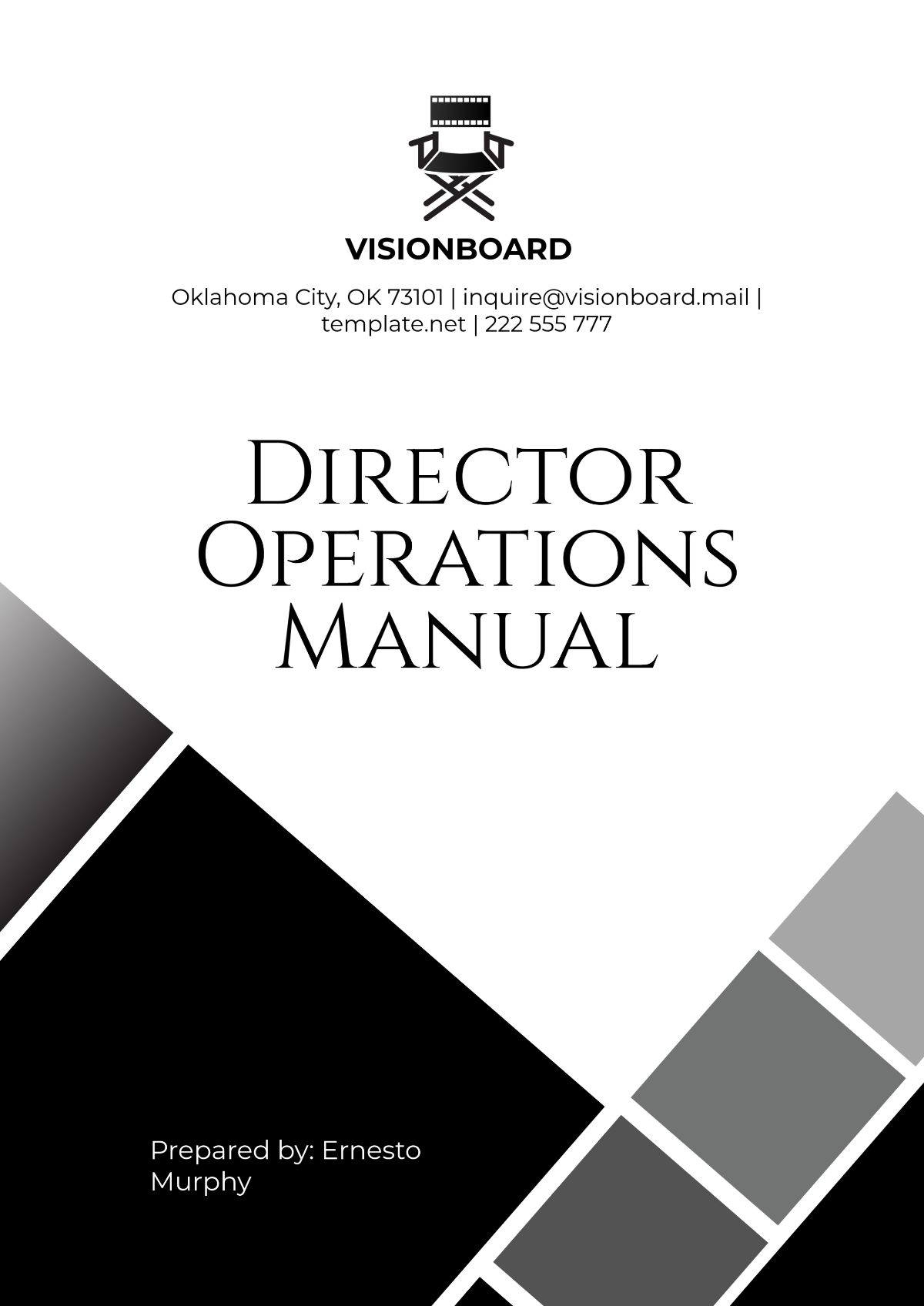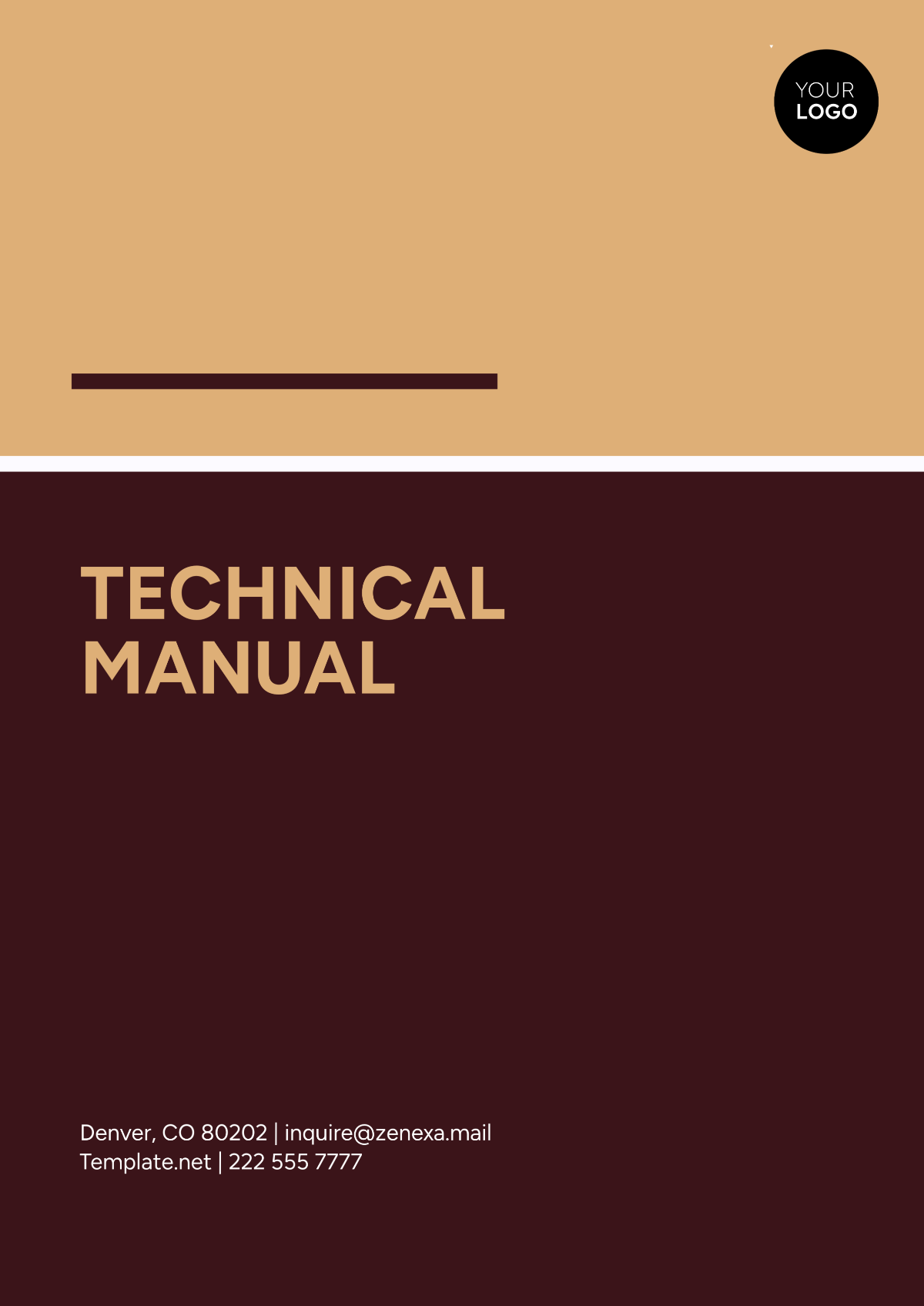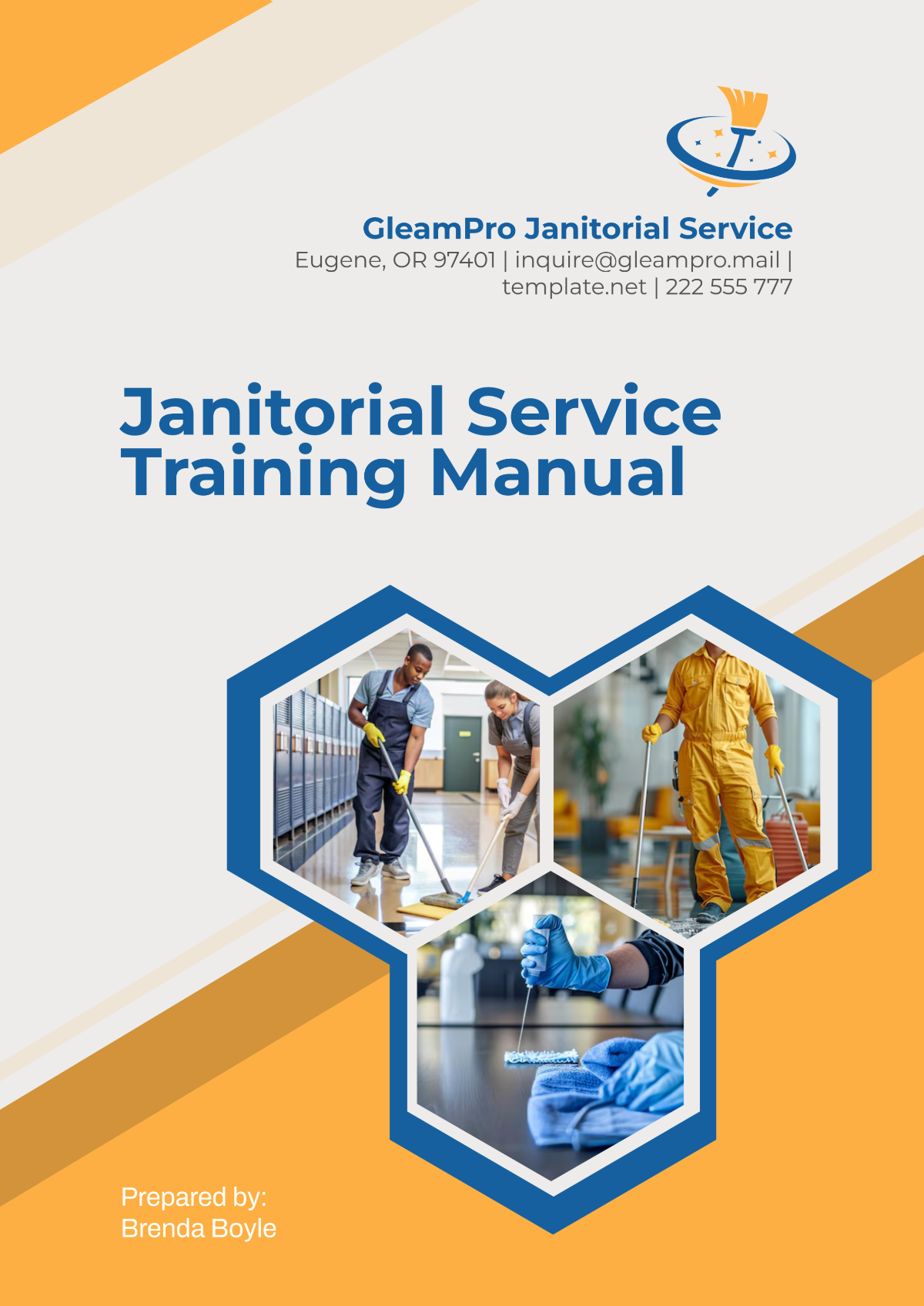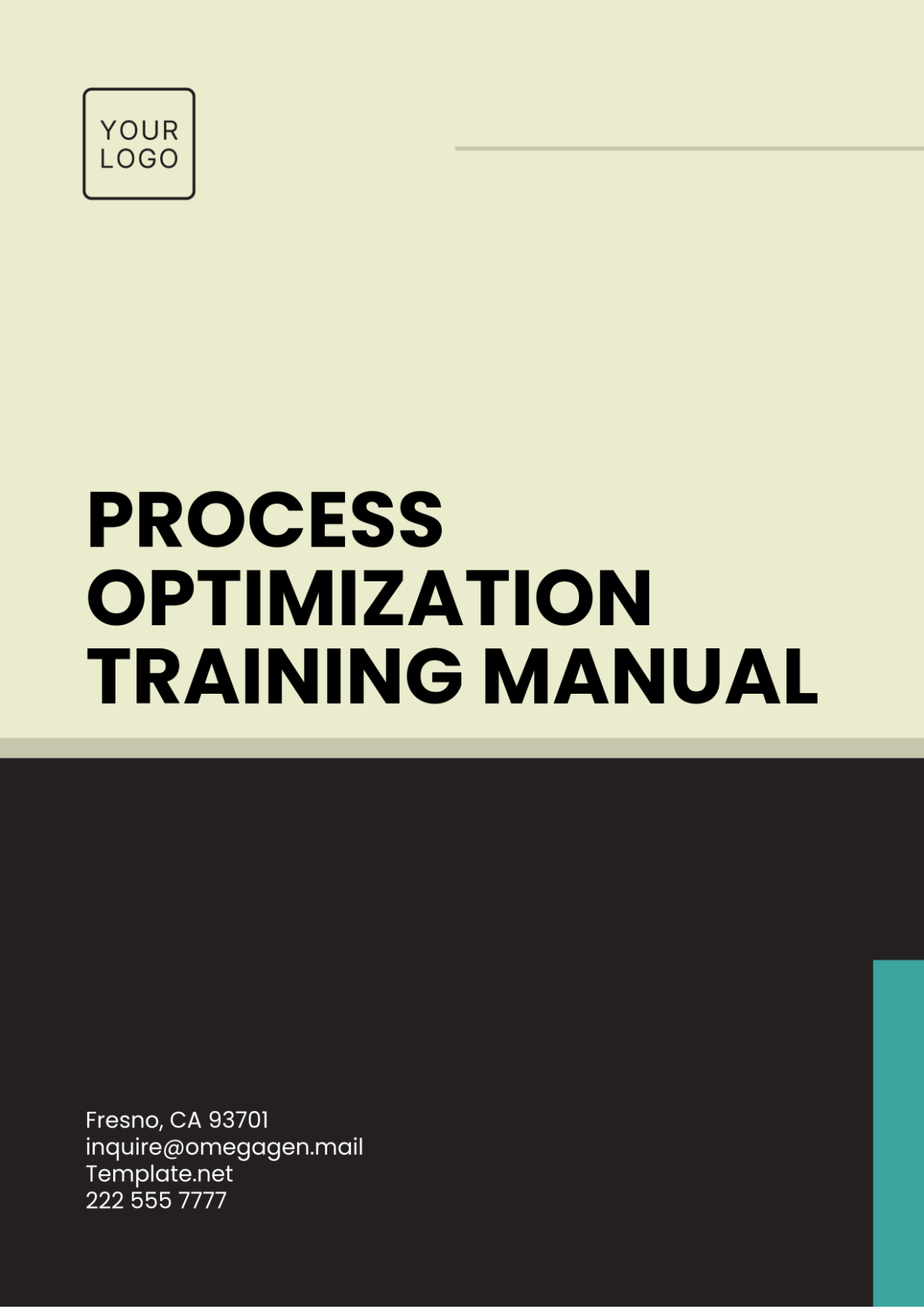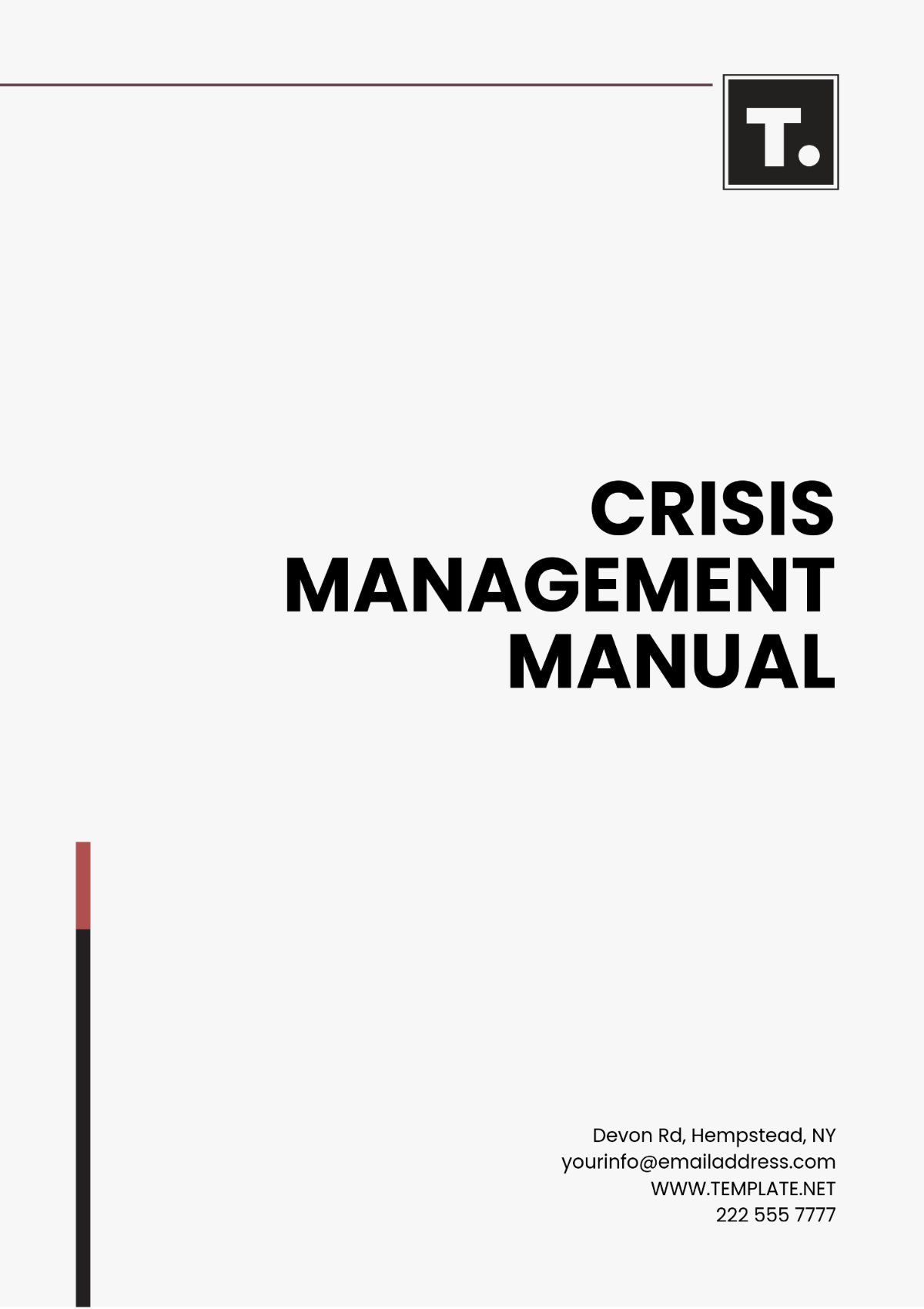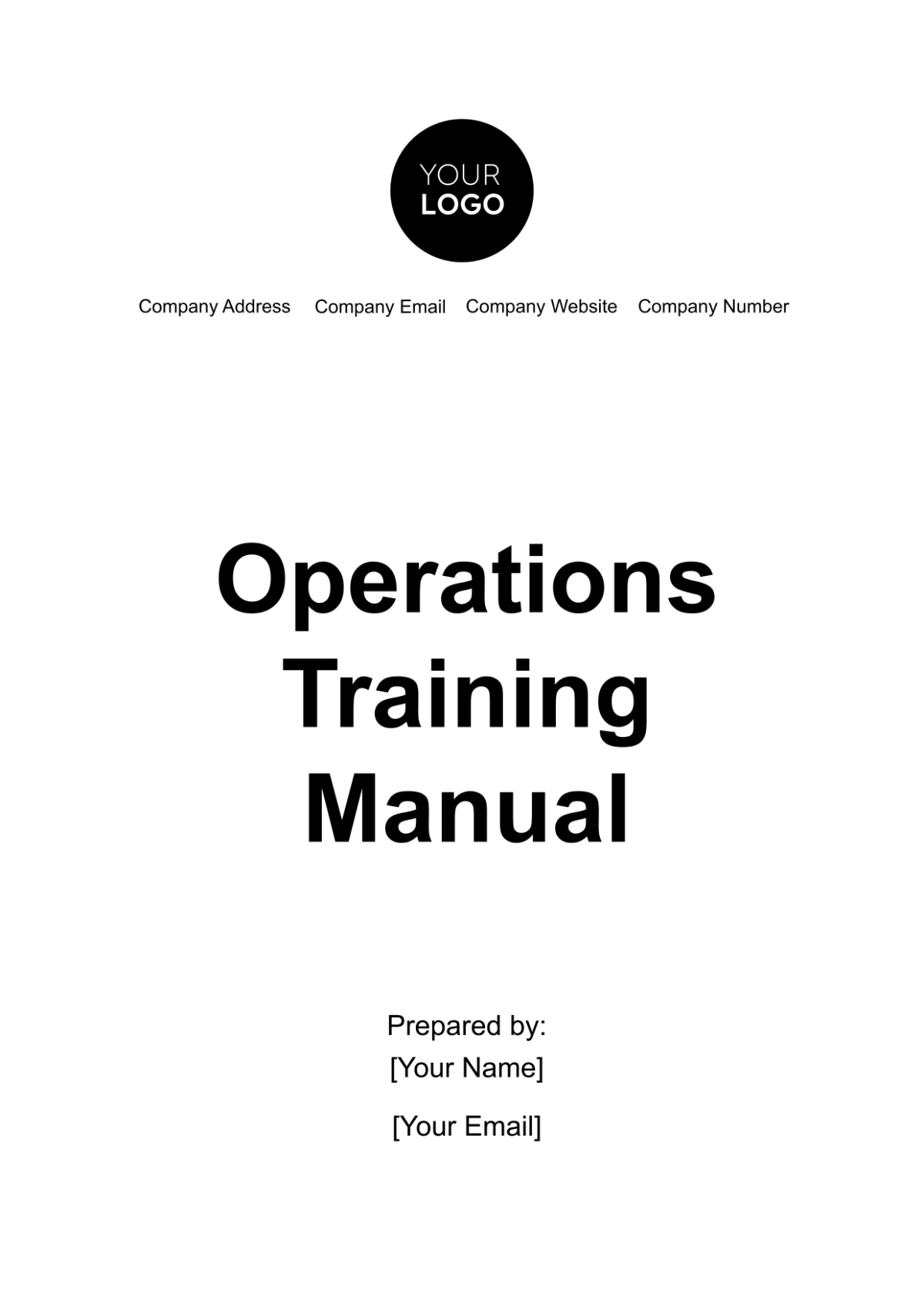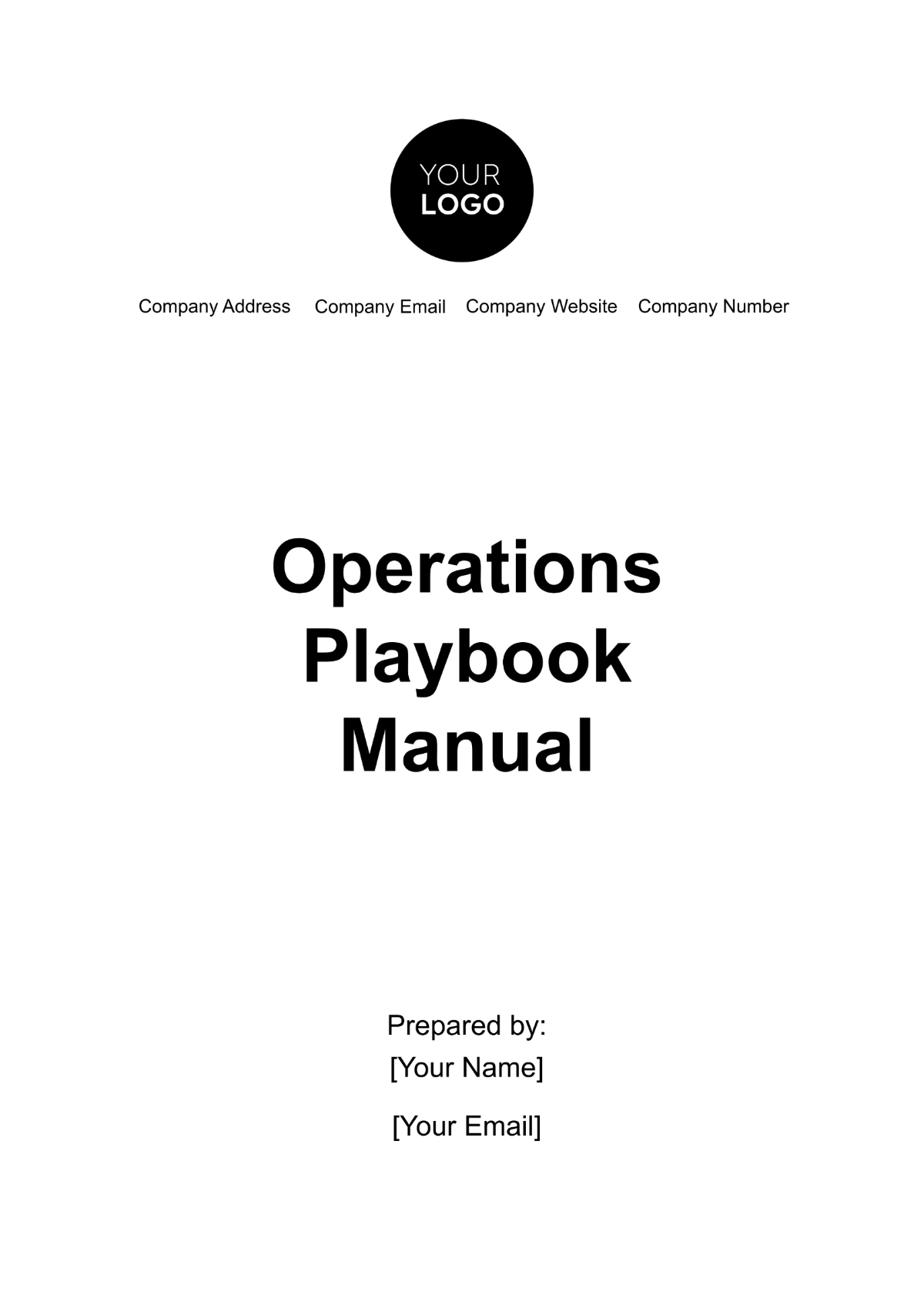Bakery Inventory Manual
I. Introduction
Welcome to the Bakery Inventory Manual for [Your Company Name]. This manual is designed to provide a comprehensive guide to managing and maintaining inventory within our bakery. Effective inventory management is crucial for ensuring that we have the right ingredients and supplies on hand to meet customer demand while minimizing waste and controlling costs. This document outlines the procedures and best practices for inventory control, from ordering and receiving to storage and tracking.
At [Your Company Name], we are committed to upholding the highest standards in our operations. Proper inventory management not only helps us maintain the quality and consistency of our baked goods but also supports our overall business efficiency. This manual will serve as a key resource for our staff, providing clear guidelines and actionable steps to streamline inventory processes. By adhering to these procedures, we can ensure that our bakery remains well-stocked and capable of delivering exceptional products to our customers.
II. Inventory Management Procedures
Effective inventory management is essential for the smooth operation of our bakery at [Your Company Name]. This section outlines the procedures for receiving supplies, storing ingredients, and tracking inventory levels. By following these guidelines, we ensure that all supplies are handled correctly and efficiently, reducing the risk of errors and maintaining the high quality of our products.
Proper management of inventory involves careful inspection of received goods, appropriate storage practices, and diligent tracking of stock levels. Adhering to these procedures will help us maintain an organized inventory system, ensure timely restocking, and support our bakery’s operational needs while minimizing waste and loss.
Receiving Supplies
Upon receiving supplies, follow these steps:
Inspect the goods for any damages or discrepancies.
Compare the received items with the purchase order.
Record the receipt of goods using our inventory management system.
Storage Guidelines
Proper storage of ingredients and products is crucial for maintaining quality and safety. Adhere to these guidelines:
Store perishable goods in refrigerated areas immediately upon receipt.
Label all items with the date of receipt and expiration date.
Ensure dry goods are kept in a cool, dry place.
Inventory Tracking
Consistent and accurate tracking of inventory levels is important for operational efficiency.
Use the inventory management system to log all incoming and outgoing stock.
Conduct regular counts of all inventory items.
Reconcile physical counts with system records monthly.
III. Inventory Categories
To ensure efficient inventory management, it is essential to categorize and record items accurately. At [Your Company Name], inventory is divided into two primary categories: Ingredients and Finished Products. This approach helps in organizing our stock and streamlining both procurement and storage processes.
Ingredients, such as flour and sugar, are tracked by specific categories to facilitate easy retrieval and management. Finished products, including bread, pastries, and cakes, are recorded by quantity to monitor stock levels and ensure timely replenishment. Proper categorization and documentation are crucial for maintaining operational efficiency and meeting customer demands effectively.
Ingredients
Effective tracking of ingredients is essential for maintaining the quality of our baked goods. The table below categorizes ingredients into specific types to facilitate efficient inventory management. By clearly defining categories such as flour, sugar, and dairy, we can ensure that each ingredient is properly recorded and managed.
Category | Example Items |
|---|---|
Flour | All-purpose flour, whole wheat flour |
Sugar | Granulated sugar, brown sugar |
Dairy | Milk, butter, cheese |
Finished Products
Maintaining accurate records of finished products helps us monitor stock levels and manage inventory effectively. The table below lists key bakery products and their quantities, ensuring that we keep track of items like bread, pastries, and cakes. This process supports timely replenishment and helps us meet customer demand efficiently.
Product | Quantity |
|---|---|
Bread | 100 loaves |
Pastries | 200 items |
Cakes | 50 units |
IV Inventory Reporting
Regular inventory reporting is vital for maintaining accurate and efficient operations at [Your Company Name]. By systematically reviewing inventory levels and management practices, we can identify trends, address discrepancies, and make informed decisions to enhance our inventory processes. Reports provide critical insights into our inventory status, helping us to align our supply levels with production needs.
The following table outlines the key elements of our inventory reporting procedures. It includes monthly reports and annual reviews, detailing the information that should be recorded and evaluated. This structured approach ensures thorough monitoring and continuous improvement of our inventory management practices.
Inventory Reporting | Details |
|---|---|
Monthly Reports | |
Starting and Ending Inventory Levels | Document the beginning and end-of-month inventory levels for all categories. |
Details of Received Goods | Record the quantity and description of goods received throughout the month. |
Breakdowns of Used Ingredients | Track and report the amount of each ingredient used during the month. |
Discrepancies Between Physical and System Records | Note any differences between physical counts and system records, and investigate discrepancies. |
Annual Review | |
Accuracy of Inventory Records | Evaluate the precision of inventory records and make adjustments as needed. |
Efficiency of the Storage System | Assess how well the storage system supports inventory management and make improvements. |
Effectiveness of the Inventory Tracking Process | Review the tracking methods to ensure they are effective and suggest enhancements. |
V. Contact Information
For any inquiries regarding inventory management, please contact:
Name: | [Your Name] |
Email: | [Your Company Email] |
Phone: | [Your Company Number] |
Website: | [Your Company Website] |

